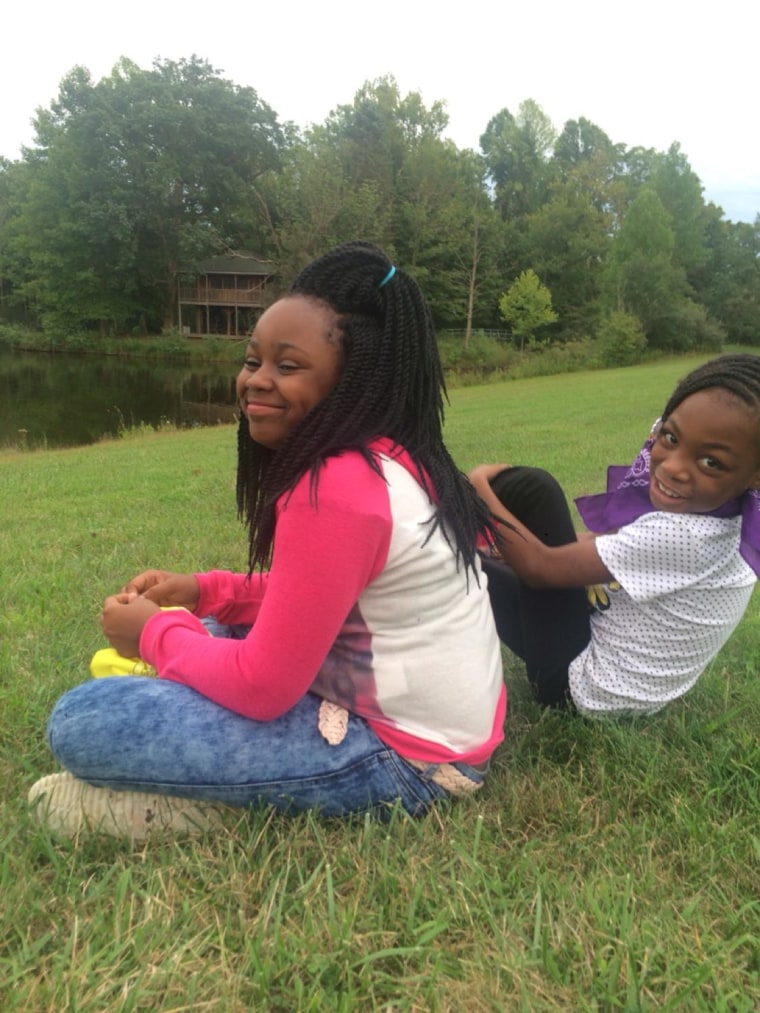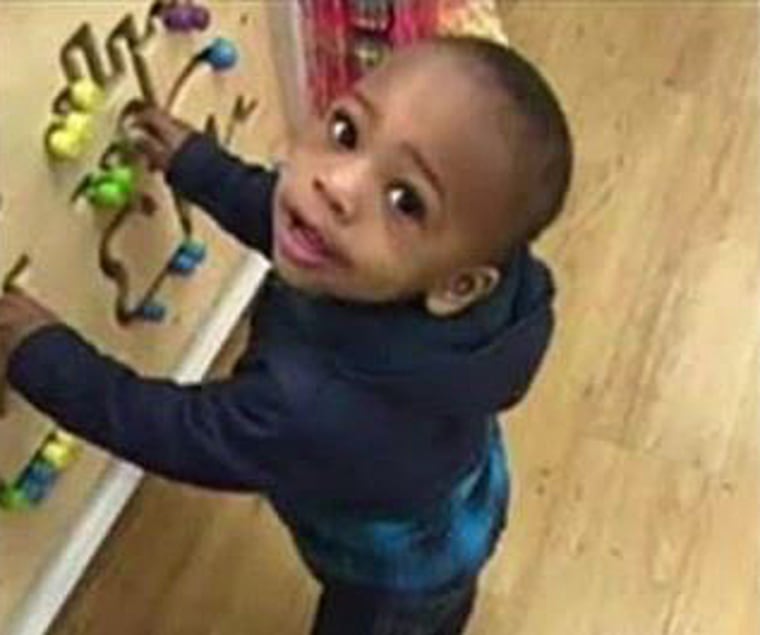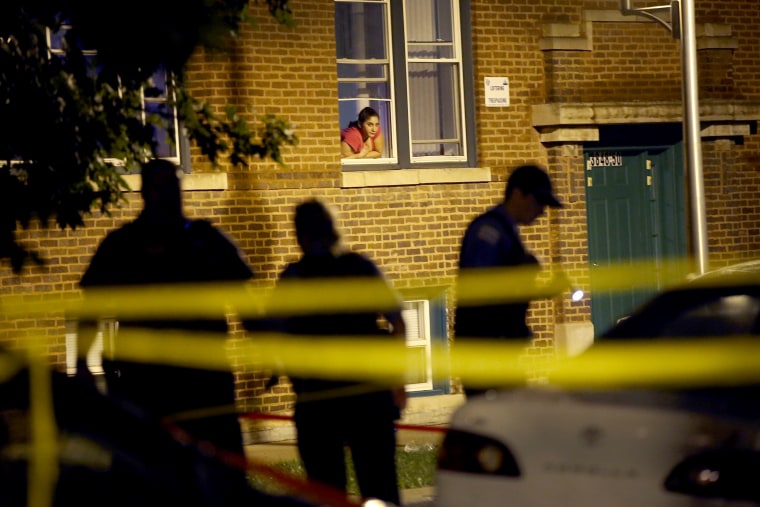SOUTH SIDE, CHICAGO — We do a great job of counting the dead in places like this.
After long, bloody weekends, the media tallies up the carnage and prints it in headlines and streams it across the nightly news. The police fill out paperwork and criminologists turn statistics into trends.
We note the age and manner of death. It’s gunfire mostly. Sometimes a stabbing or a beating. But almost always gunfire.
We mark the location of the dead on color coded maps and watch the kaleidoscope grow with each shooting until we’re dizzy.
We keep a tally of the murdered and maimed like a box score in the most inhumane spectator sport.
We note the time and location. The shootings spike in summer or when it’s unseasonably warm. Winter’s chill sometimes cools the violence.
And the later the hour the more violent, though many have died before noon.
The gunfire is typical in a handful of poor, neglected neighborhoods. We call them “bad neighborhoods.” It adds an air of inevitability to the count. Because we’re told over and again that bad things are supposed to happen to bad people in bad neighborhoods.
We highlight the generations-old “red lines” around these segregated communities, long depleted of jobs and quality schools and economic drivers. Then we count the many ways that those forms of abstract violence manifest into actual violence in the flesh of those who live and die between the margins.
The yearly tabulation from Chicago and cities like it across the country is sifted through like a ritual to anoint America’s murder capitals. There’s a brief collective gasp at the bloody math. Some hand-wringing. Then the counting continues.
Yet, our math never quite adds up. Because psychological trauma is rarely part of the equation.
Counting the Survivors
More than 700 people have been shot in Chicago so far this year.
More than 130 have been shot and killed.
Too many have been children.
Takiya Holmes was one of them, just 11, struck and killed by a stray bullet as she sat with her family in a minivan outside of her mother’s workplace at South Side dry cleaners. She’s not even the youngest to die by bullets this year. Lavontay White Jr. was just 2, caught in an ambush and a wave of gunfire meant for a relative.
Takiya was one of at least 48 people killed in February alone, one of three children, including the toddler, to be shot and killed in the space of one week — just days apart.

We do a great job of counting the dead. Their ages, when and where they were killed. But we do a terrible job at counting the survivors. Not those who physically cheated death, but those who have been emotionally cheated by death.
Naikeeia Williams, Takiya’s mother, is among this cheated number. So is Takiya’s 3-year-old brother, Jakari. They both witnessed the girl’s shooting. Neither have been the same since that tragic day, changed in ways that don’t show up on any official count of victims.
"I wake up every day, hoping it's a dream, but it's not," Williams said on a recent afternoon, sitting in her kitchen. "It's been one month, that I have not heard my daughter's voice, been able to touch her, see her dance across my floor."
The days since her daughter’s death have been long, her nights sleepless. Since the shooting Williams has been unable to step foot back on those grounds where it happened, so she’s had to quit her job. Her mind constantly races back to the seconds, minutes and hours before the shooting. The pain is on a loop.
“There are a lot of things that I say to myself to let me be able to cope every day, be able to make it every day,” she said, tears streaming down her cheeks. “I can’t sit here in the house a long time, because I think too much, and I think about her and I cry, and be sad, and I don’t want to be sad because that’s not what she would want me to do.”
"I wake up every day, hoping it's a dream, but it's not"
Jakari has changed, too. His attitude swings like a pendulum. He’s afraid to leave his mother’s side and he cries in his sleep, sometimes so badly that he shakes himself awake with his tears.
When Takiyah was shot, Jakari stood over his sister’s body, frozen. His mother believes the little boy may still be stuck in that place.
"I'm going to put him in counseling," Williams said. "I have no choice because I don't know what's going on in his head. I don't know what he's thinking. He don’t really know how to talk to me about it. Maybe I’m not saying the right things that he wants to hear."
Urban PTSD
Each homicide victim has loved ones, a network of friends or family who are left to pick up the pieces after their death. Some may have witnessed the killing and struggle to reckon with those lasting images, let alone the loss itself. Of all the damage done by gun violence in the communities that suffer it most, it may be the trauma related to the exposure to violence that leaves the most lasting mark.
These survivors won’t show up in any census of the murdered or maimed. But they, too, are injured. Their wounds are often invisible, too deep to bandage, stitch or count. We have yet to figure out a way to tally up what’s been taken from them, the traumatized mass who live each day with the emotional and psychological holes left by those bullets. That trauma, often unrecognized and untreated, can manifest in various ways. People who’ve witnessed repeated acts of violence or have lost people close to them to violent death, can develop symptoms of Post-Traumatic Stress Disorder similar to those exhibited by soldiers returning from the battlefield.
Related: Chicago Girl's Alleged Killer Beaten in Courthouse Attack
They often experience debilitating social and cognitive impacts including anger, sleeplessness, anxiety and depression. Such trauma can rewire a person’s brain, with the sections of the brain that control the release of stress hormones kicked into overdrive, leaving them in a perpetual state of fight or flight.
“PTSD is one of the things that's most universal I think in terms of all of our disorders that the responses to trauma looks the same across populations, across ages, across genders,” said Dr. Brad Stolbach, a trauma psychologist at the University of Chicago. “So what we see in soldiers and what we see in young people who've experienced life threat is very similar. As a matter of fact when you do give an opportunity to talk about the things that they are feeling they'll use almost exactly the same language to describe what they're experiencing.”

But it’s not just exposure to violence that can affect people negatively. According to recent studies, the mere perception of violence and disorder in a neighborhood can cause people to exhibit symptoms of PTSD. It can also fuel further victimization and the continued cycle of trauma and violence.
A common saying among those who study the ripples of trauma in communities is that hurt people, hurt people. Stolbach and others say that widespread community violence isn’t strictly an outgrowth of criminality.
“Much of the violence is really driven by untreated trauma rather than being driven by some criminal activity that people are benefiting from. So when you have people that are walking around traumatized, two of the ways that people often deal with that are to use substances to manage their emotions and to carry weapons in order to feel safe,” Stolbach said. “Both of those things are going to increase the risk for them being harmed again, or for them doing harm to somebody else.”
The symptoms of PTSD can be more pronounced in children and young people whose brains are still developing.
“For young people, who have experienced for example, the loss of a member of their family or a close friend, there is also all of the normal grief, sadness, anger, that goes along with that. They really have a hard time, letting themselves feel that, expressing it at all, because it’s associated with this traumatic event and so it’s been split off, cut off,” Stolbach said. “There’s a shutting down that happens. The more adaptive processing of that sadness, grief, rage, that gets curtailed by the trauma responses.”
Researchers and psychologists describe violence as a contagion. One that spreads from family members and neighbors, whole cities can be weakened by its spread. It’s passed not just from the perpetrators to victims, but to witnesses as well.
The vast majority of the 700 shootings in Chicago this year are clustered on the city’s south and west sides. In these gun-weary communities it’s hard to find someone that hasn’t been somehow touched by the incessant violence.
'Layers and Layers'
There are organizations on the front lines of the fight to heal the hurt in Chicago. One of those groups is Chicago Survivors. The aim of the group is to walk hand-in-hand with the family of those killed from the moments after their loved one is killed through the healing process.
They first send a crisis responder to the family for the first 48 hours to help them through the early, tenuous steps following a killing. Identifying the body. Arranging a funeral. Talking with the media, police and hospital officials. After those first two days Chicago Survivors will connect families with a family support specialist who will stick with a family for six months. These specialist help identify and assess a family's longer-term needs. The specialists help connect them with any crime victims services they might be eligible or other city or state resources. They also help support families’ emotional needs and stay on the lookout for any signs of PTSD. Ultimately, the hope is to help these victims adjust to “a new normal” following the devastating loss of their loved one.
“There's layers and layers of trauma,” said JaShawn Hill, a family support specialist. “There is a hole in the family that I don’t believe any of us can ever fill. What I try to design for them is this image of a new normal. Something that is not what it was but this new place, that things could be okay.”
Hill has worked with Chicago Survivors since November 2016. She’s already worked with more than 150 families, each representing a homicide. Like all of her families, Hill has also suffered a loss to guns. Her brother was shot and killed in 2008.
She said it feels like nearly everyone she comes in contact with has been wracked by trauma in some way.
“It’s hard to say that they are not because it's not like every time I do an assessment with someone that they don't express to me that they've experienced some level of trauma. It may not have been directly in the immediate family, but they know a friend, they know a neighbor, they know someone who’s closely connected,” she said. “They know them and so how did they address that trauma, how did they cope? You know the biggest word I can use is these people are resilient. They somehow find a way to cope and overcome.
"Is it always healthy? I wouldn't say it's always healthy ways they do it. But they find ways to cope," she said. "It is touching so many people in our community in ways that they didn't even know that they were traumatized."
Still Processing
The first few gunshots Naikeeia Williams heard sounded like firecrackers tossed at her feet. But the final shot shattered the minivan’s window. Beneath a shower of glass she pawed for Jakari, her toddler, whose eyes were wide, his head bobbing from where he crouched in his car seat. He was OK. She felt her own body. No blood, no pain. She called out for Takiya. Nothing. She called again and again, still nothing.
“You’re thinking that your kid in the back got down when you told her to get down and that when the window busted it just busted, and that’s all you thought. Not knowing that when everyone else is getting up and you’re calling your child’s name, and she’s not responding, and you’re getting angry because she’s not responding," Williams recalled. “You think she’s just playing, but in actuality, she can’t respond.”
“When the bullet hit, she didn’t make a sound, a whimper, a cry,” she said. “I’m still processing the fact that she was taken. It was like a split second.”
On that chilly afternoon recently, Williams held Jakari in her arms and tried to make sense of the tragedy that has befallen her family. She struggles to form her lips to say that she’s now the parent of one not two.
“She was just a little girl, trying to grow up,” Williams said, rattling off a list of activities Takiyah was involved in and accomplishments she’d already achieved.
Now, Williams has the tough job ahead of pushing through the mountain of hurt left by the death of the girl she called “my sunshine,” but also being there for Jakari, a small child who witnessed what no one ever should.
“I’m more worried about him than me. I know, I already know I’m gonna need [therapy]. But I’m more worried about him because he’s so young and he’s so fragile,” she said, gazing down at her boy. “I just want to get him some help. We all need it though. There’s a whole lot of us that need it.”

